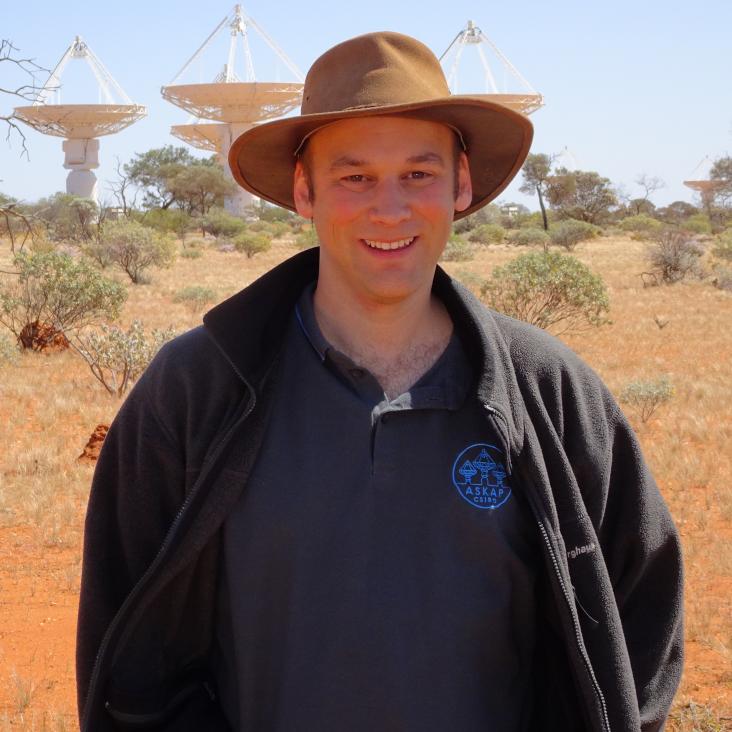PKS B1740$\mathbf {-}$517: An ALMA view of the cold gas feeding a distant interacting young radio galaxy
Monthly Notices of the Royal Astronomical Society Oxford University Press (OUP) (2018)
FLASH early science - discovery of an intervening HI 21-cm absorber from an ASKAP survey of the GAMA 23 field
MONTHLY NOTICES OF THE ROYAL ASTRONOMICAL SOCIETY 494:3 (2020) 3627-3641
Illuminating the past 8 billion years of cold gas towards two gravitationally lensed quasars
MONTHLY NOTICES OF THE ROYAL ASTRONOMICAL SOCIETY 465:4 (2016) 4450-4467
Measuring the H I mass function below the detection threshold
Monthly Notices of the Royal Astronomical Society Oxford University Press 491:1 (2019) 1227-1242
Abstract:
We present a Bayesian stacking technique to directly measure the H i mass function (HIMF) and its evolution with redshift using galaxies formally below the nominal detection threshold. We generate galaxy samples over several sky areas given an assumed HIMF described by a Schechter function and simulate the H i emission lines with different levels of background noise to test the technique. We use Multinest to constrain the parameters of the HIMF in a broad redshift bin, demonstrating that the HIMF can be accurately reconstructed, using the simulated spectral cube far below the H i mass limit determined by the 5σ flux-density limit, i.e. down to MHI = 107.5 M⊙ over the redshift range 0 < z < 0.55 for this particular simulation, with a noise level similar to that expected for the MIGHTEE survey. We also find that the constraints on the parameters of the Schechter function, φ⋆, M⋆ and α can be reliably fit, becoming tighter as the background noise decreases as expected, although the constraints on the redshift evolution are not significantly affected. All the parameters become better constrained as the survey area increases. In summary, we provide an optimal method for estimating the H i mass at cosmological distances that allows us to constrain the H i mass function below the detection threshold in forthcoming H i surveys. This study is a first step towards the measurement of the HIMF at high (z > 0.1) redshifts.A Bayesian approach to time-domain photonic Doppler velocimetry analysis.
The Review of scientific instruments 96:8 (2025) 085203


